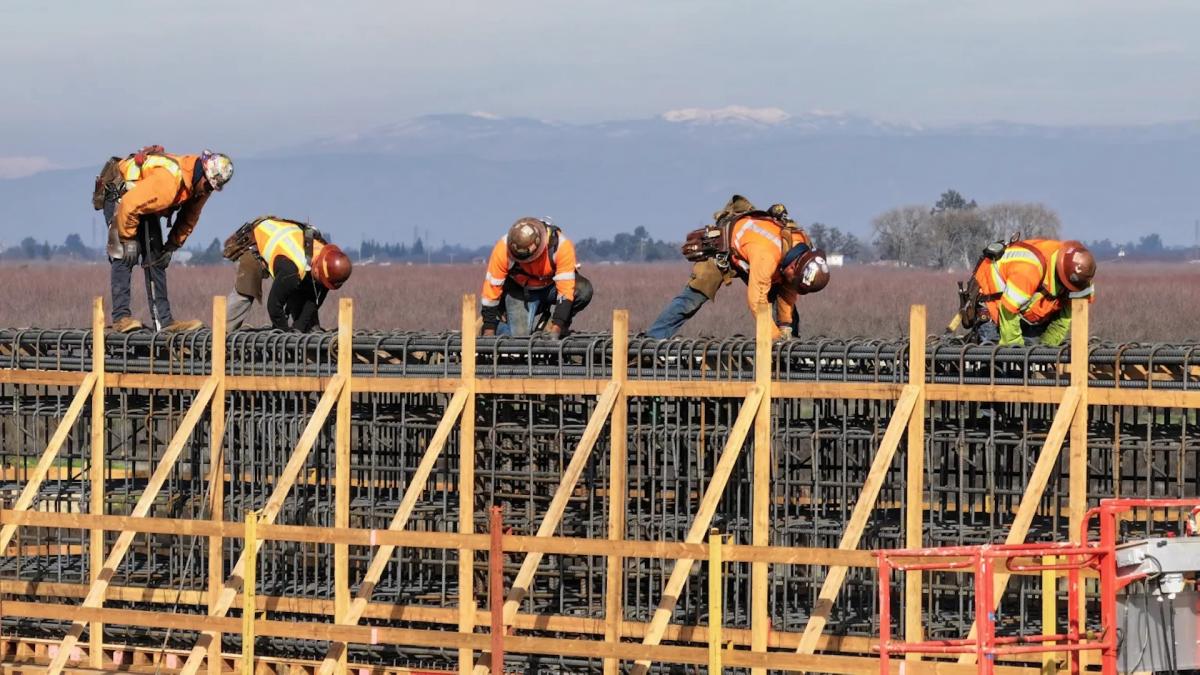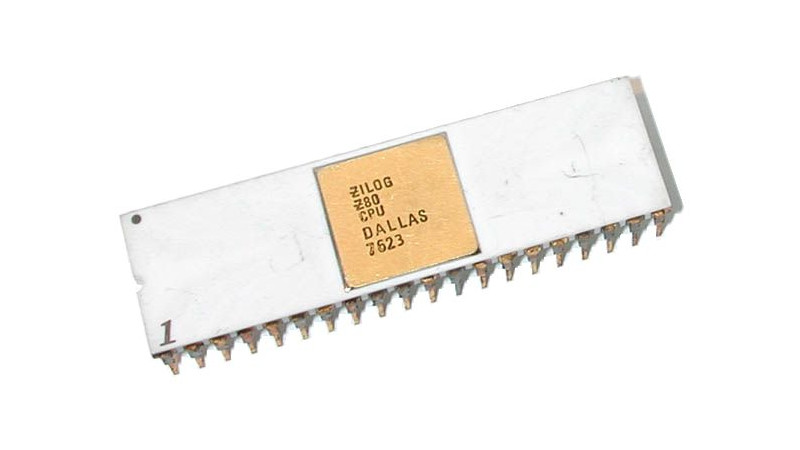
TCP Fast Open? Not so fast!
In this post I will talk about my experience implementing TCP Fast Open (TFO) while working on PowerDNS Recursor. Why TFO? Normally the DNS protocol works over UDP, and each transaction is a single request followed by a single reply. In theory, UDP packets can be quite large but in practice the limit is much lower, since delivery of fragmented UDP packets is both unreliable and poses a security risk.
If the answer is too big for UDP, DNS falls back to TCP and this fall-back is used more often these days. With the emergence of DNSSEC and TXT records, large answers are more common than they used to be.
TCP adds quite an overhead as it not only needs both peers to keep state, but there is also extra data exchanged compared to a UDP request-reply. It is a three-way handshake (3WHS), followed by the request and reply, their ACKs, and then the teardown. A typical TCP DNS request-reply exchanges at least 10 packets over the network.
In comes TFO. It allows the initial SYN packet to contain data, and that data is immediately passed to the application upon reception.


















/cdn.vox-cdn.com/uploads/chorus_asset/file/25330660/STK414_AI_CHATBOT_H.jpg)
